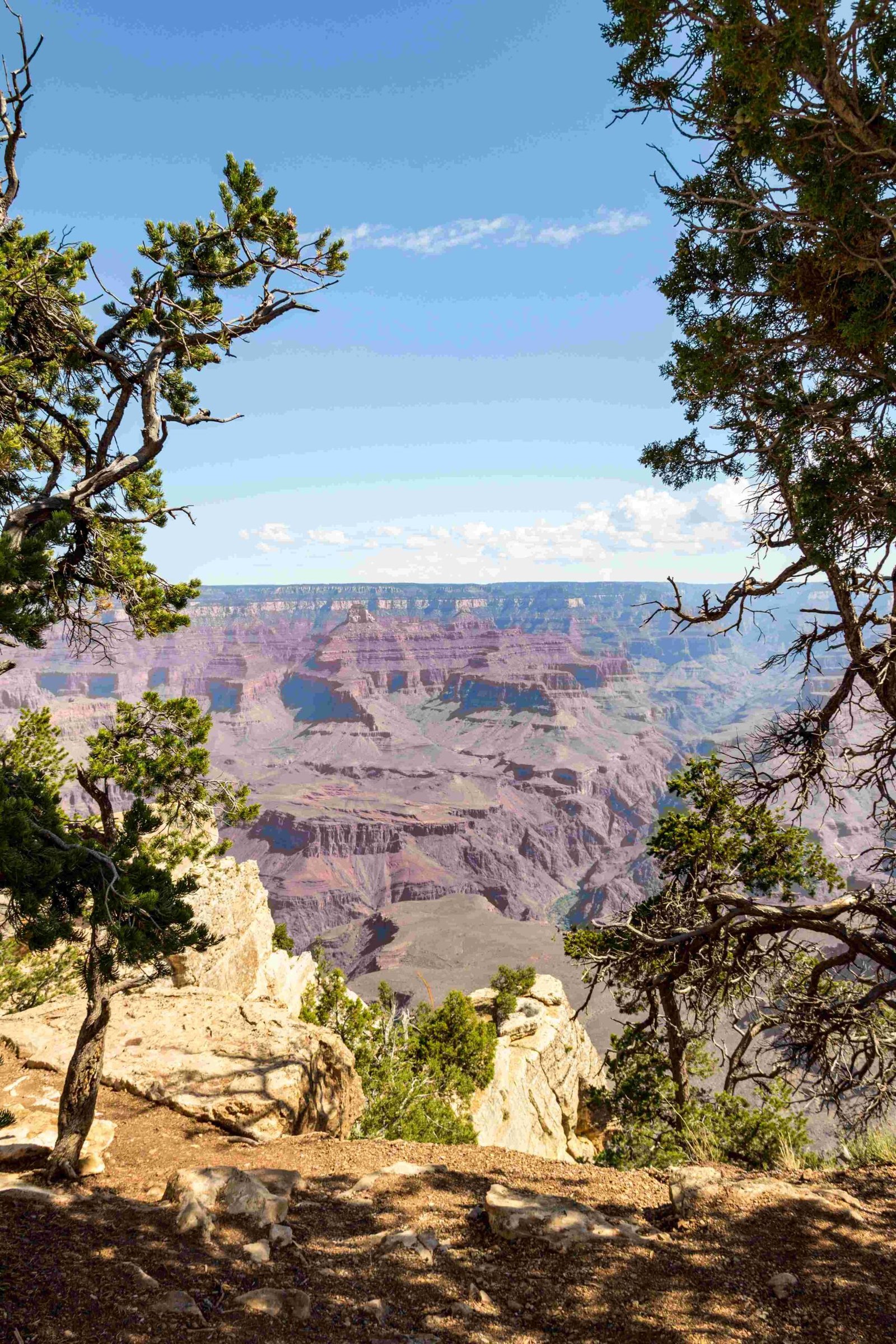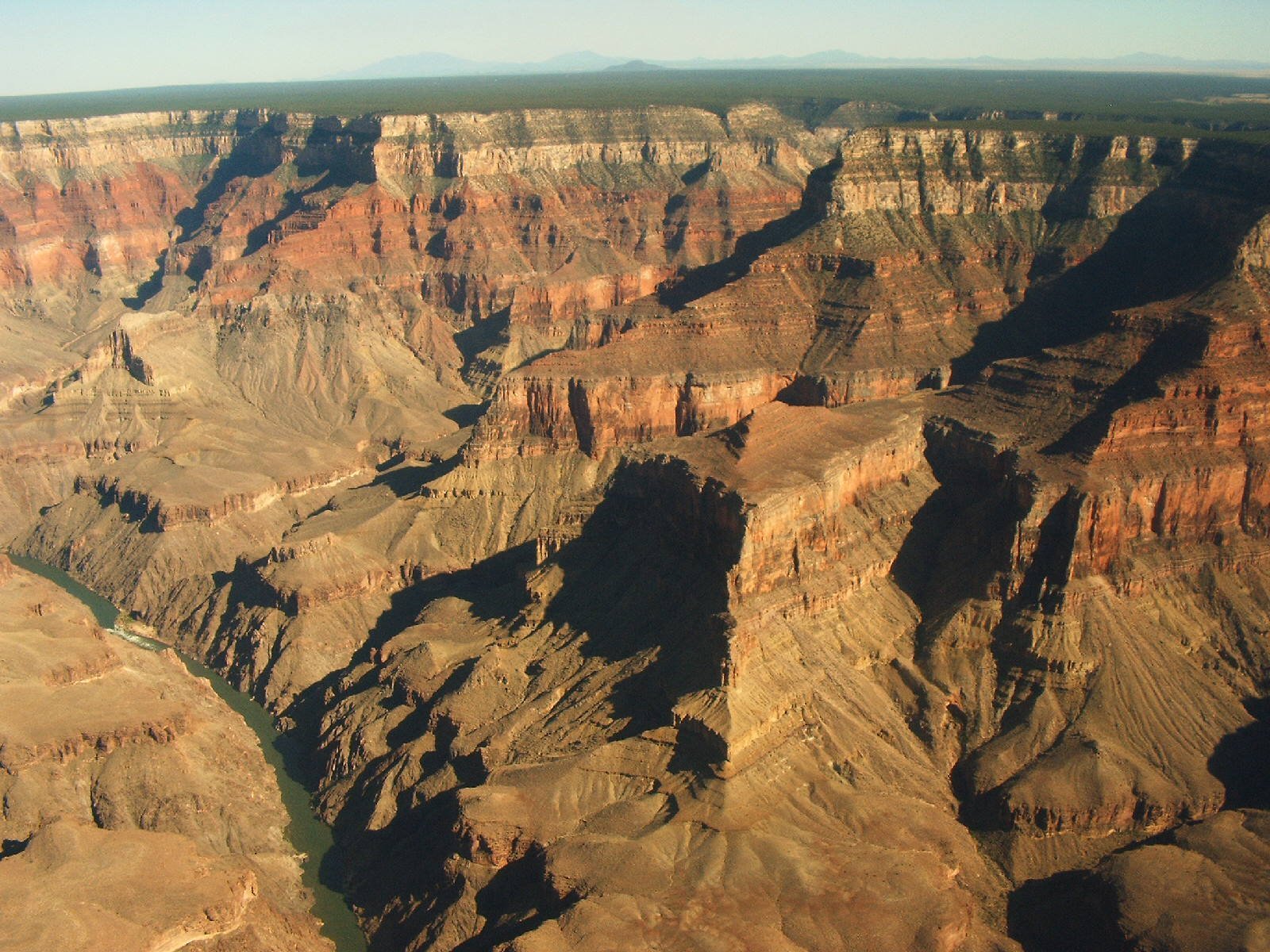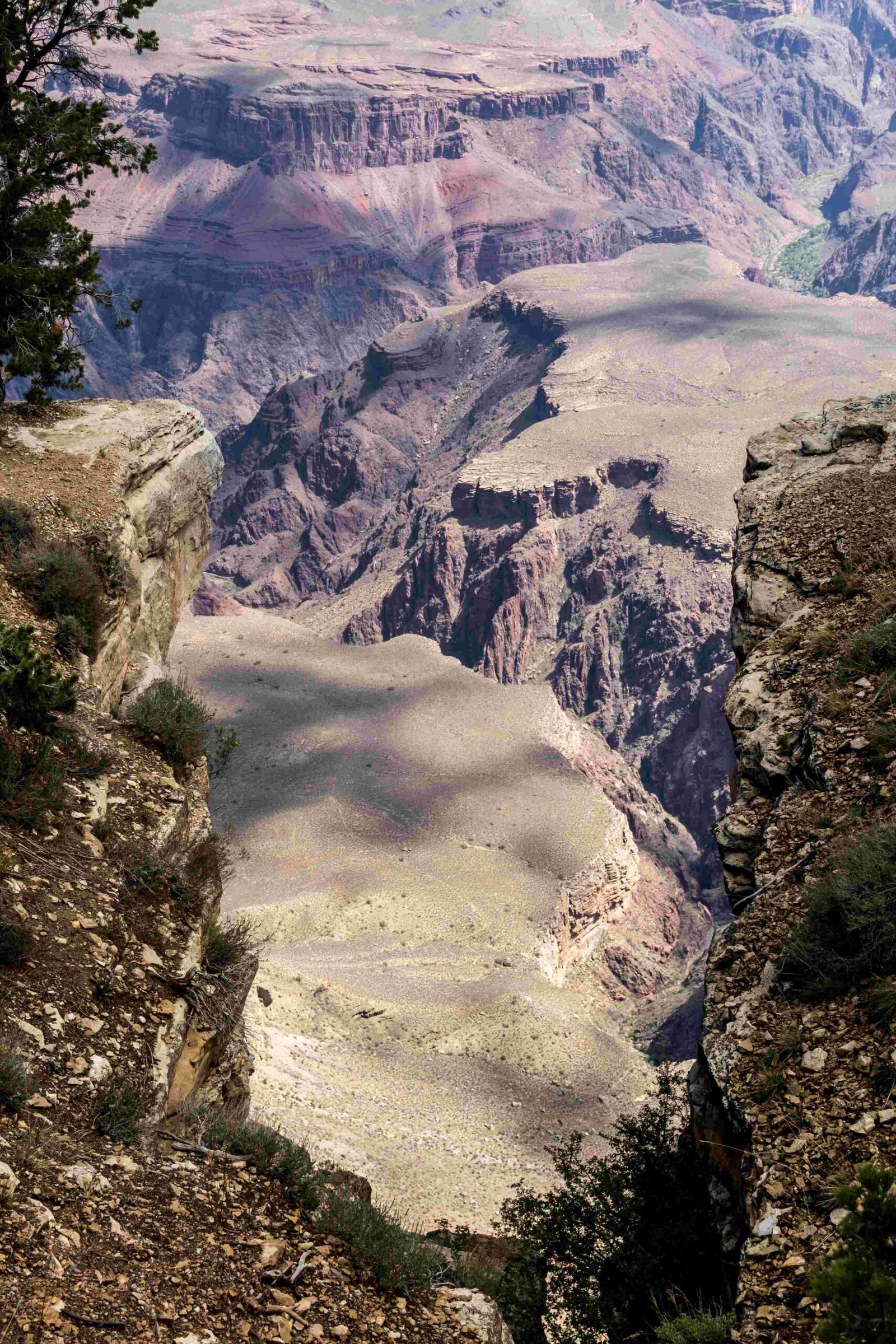Theodore Roosevelt’s commitment to preserving natural wonders transformed the American landscape, with the Grand Canyon standing as a prime example of his conservation vision. Through bold executive action and a deep passion for protecting wilderness, Roosevelt used the Antiquities Act of 1906 to safeguard one of the most spectacular geological formations in the world, preventing commercial exploitation and ensuring future generations could experience its breathtaking beauty.
What Actions Did Roosevelt Take to Protect the Grand Canyon?

Roosevelt’s preservation efforts for the Grand Canyon were multifaceted and strategic:
Presidential Visit and Personal Advocacy
In 1903, Roosevelt personally visited the Grand Canyon, experiencing its magnificent landscape firsthand. During this visit, he delivered a powerful public address that emphasized the critical importance of protecting this natural wonder from commercial development and environmental degradation.
Leveraging the Antiquities Act
| Year | Action | Significance |
|---|---|---|
| 1906 | Signed Antiquities Act | Enabled presidential proclamation of national monuments |
| 1908 | Issued Proclamation 794 | Established Grand Canyon National Monument |
Why Was the Antiquities Act Crucial?
The Antiquities Act provided Roosevelt with unprecedented executive power to:
– Protect natural and cultural sites without Congressional approval
– Create national monuments through presidential proclamation
– Prevent mining, logging, and settlement in ecologically sensitive areas
How Did Roosevelt’s Actions Impact Long-Term Conservation?

Roosevelt’s preservation of the Grand Canyon was more than a single act—it was part of a comprehensive conservation strategy:
- Expanded Federal Protection
- Established 5 national parks
- Created 16 national monuments
-
Designated 51 wildlife refuges
-
Philosophical Approach
- Viewed conservation as a national responsibility
- Believed in preserving natural resources for future generations
- Challenged prevailing economic attitudes about land use
What Challenges Did Roosevelt Overcome?
Political Resistance
- Faced opposition from industrial and commercial interests
- Bypassed Congressional gridlock through executive action
- Built public support through passionate speeches and writings
Environmental Preservation
- Recognized the Grand Canyon’s unique geological and ecological significance
- Understood the importance of protecting landscapes beyond economic considerations
- Set a precedent for future conservation efforts
What Was the Long-Term Impact?
Roosevelt’s actions directly led to:
– Permanent protection of the Grand Canyon
– Establishment of the National Park Service in 1916
– A shift in national attitudes toward environmental conservation
– Inspiration for future conservation movements
Key Preservation Statistics
- Area Protected: Approximately 808,000 acres
- Duration of Protection: Continues to this day
- Visitor Impact: Millions of annual visitors experience the preserved landscape
Conclusion
Theodore Roosevelt’s preservation of the Grand Canyon represents a pivotal moment in American environmental history. By using the Antiquities Act and his presidential authority, he transformed a potential site of commercial exploitation into a protected national treasure, ensuring that this geological marvel would remain intact for generations to come.

